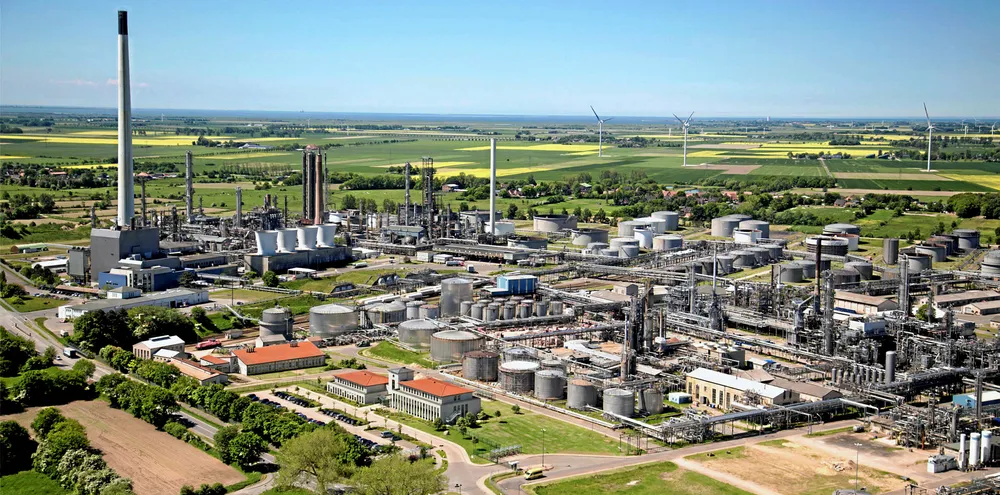Green light for pilot phase of groundbreaking 700MW green hydrogen project
The 30MW pilot phase of the 700MW Westküste 100 project will now go ahead after being awarded a €30m grant from the German government

The 30MW pilot phase of the 700MW Westküste 100 project will now go ahead after being awarded a €30m grant from the German government
